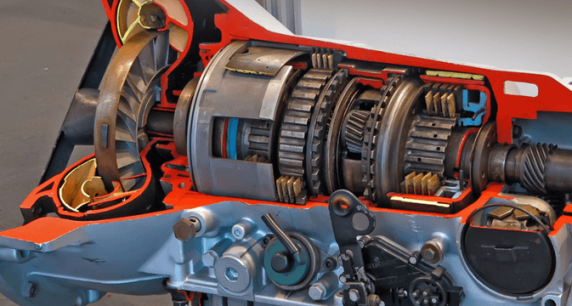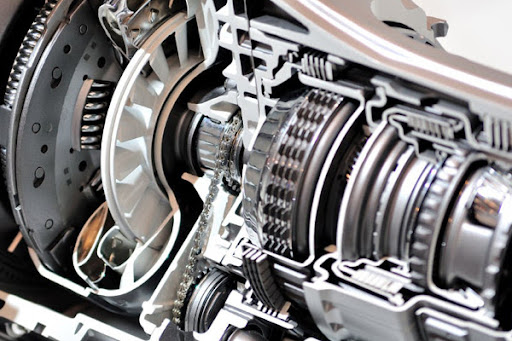What is the average life of a CVT transmission?

Down through the decades, CVTs have appeared in numerous automobiles, motorcycles and more recently in snowmobiles and ATVs. As you may imagine, all those applications were for relatively low horsepower machines and that trend has continued for automobile applications.
A CVT is a transmission design that offers, as the name suggests, continuously variable gear ratios. It changes ratios automatically as you drive like a conventional automatic transmission, adjusting the overall gear ratio to account for speed and power requirements.
Three basic designs have been used in recent automobiles.
- The first and oldest employs variable diameter sheaves (pulleys) connected by a metal mesh chain to adjust the overall gear ratio.
- The second called the toroidal drive system was offered by Nissan around 1999 and used rotating cylinders working between two discs. For several reasons, Nissan discontinued the use of this design.
- The third, developed by Toyota, initially for its hybrid Prius, is called the ECVT (Electronic CVT) and is a bit more complex than the other two designs. This design consists of a planetary gearbox that uses electronic features to provide variable gear ratios, but more importantly it perfectly integrates the power from a gasoline engine and two motor generators to both propel the car and keep the battery fully charged.
CARS WITH A CVT TRANSMISSION

Below are the car manufacturers that offer a standard or available CVT transmission in the 2021 model year. Hybrid vehicles (cars powered by a combination of a gasoline engine plus electric motors) may use some type of ECVT.
CVT PROS AND CONS
Some of the advantages and disadvantages discussed here may simply be personal preferences. Others are the practical realities you can expect with today’s CVTs.
Pros
- Cars with CVTs generally yield better gas mileage than the same car with a conventional automatic.
- CVT-equipped cars tend to “shift gears” more smoothly than their automatic brethren.
- Ratio changes with a CVT tend to be smooth, eliminating the often jerky gear changes of some automatic transmissions.
- In hilly country, CVTs can find the right ratio for smooth hill climbing where conventional automatics may tend to “hunt” for the right gear.
- CVTs weigh less than equivalent automatic transmissions. Lighter cars will consume less fuel than heavier ones so the weight savings here can help provide more economical operation.
Cons
- At this stage of CVT development, these transmissions in general may not provide the length of trouble-free service we’ve grown to expect with automatics.
- Though simpler than automatic transmissions in terms of parts count, the key CVT component, the flexible steel belt, can often be the first part that fails. Should this happen, you will need a tow, and repairs can be quite costly.
- CVTs smoothly change gear ratios as the car accelerates eliminating the well-known shift points of an automatic. That’s nice but some drivers actually find this a bit unnerving.
CVT Transmission Life Expectancy
In today’s marketplace, new cars with CVTs can be expected to provide reliable operation up to about 160,000 Kilometres. For most cars, overall reliability will be poorer than that expected with a conventional automatic or manual transmission.
But excellent owner care can lengthen this projection. Indeed, some owners who keep to the factory-specified service intervals, use the recommended lubricant(s) and avoid abusive driving habits can get up to 200,000 trouble-free miles with a CVT.
CVT CONCLUSIONS
Many manufacturers such as Subaru, Honda, Nissan, and Toyota use continuously variable transmissions on their most popular models. If you are shopping for a new Prius, Civic, Accord, Corolla, Forester, or Outback, don’t let a CVT automatic concern you. CVTs have proven enjoyable and reliable for many vehicle owners. If you are shopping used, do your homework and look for the reliability history of that specific make, model, and year using sources like Consumer Reports. Avoid years with any poor records of reliability.
CVTs offer smooth driving, familiar controls, and great fuel efficiency gains. If you have not tried one yet, we suggest giving the new feeling a bit of time. Do so, and the chances are you will learn to love the feeling and enjoy many years of satisfied driving.



